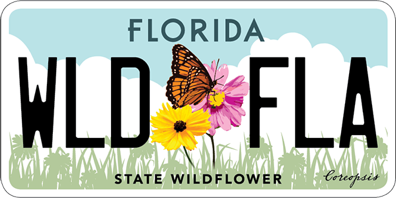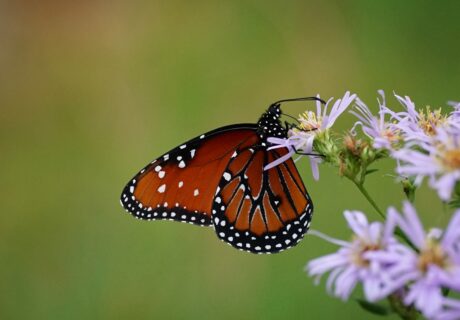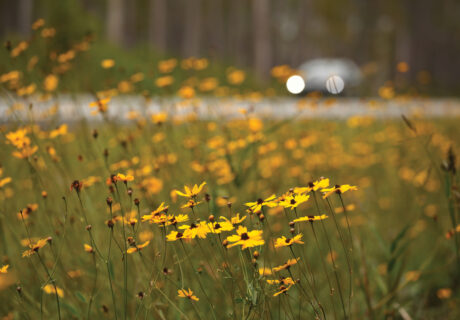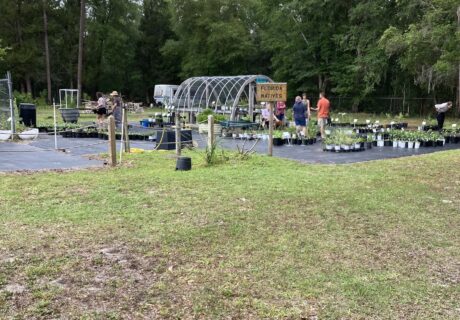News
Latest from us
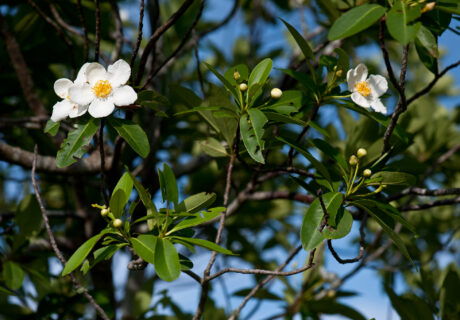
Loblolly bay
Loblolly bay (Gordonia lasianthus) is an attractive evergreen tree found in swamps, bayheads and cypress domes throughout much of Florida. Its fragrant showy flowers bloom spring through summer and attract a variety of pollinators.
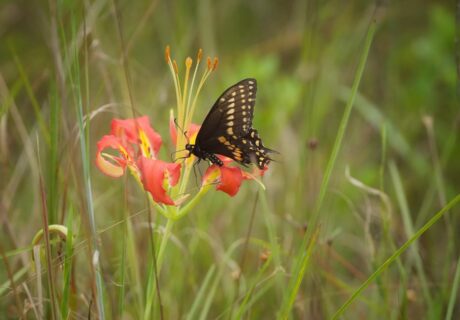
Black swallowtail
The Black swallowtail can be found year-round throughout Florida and much of North America, ranging from southern Canada to northern Mexico and as far west as Arizona.
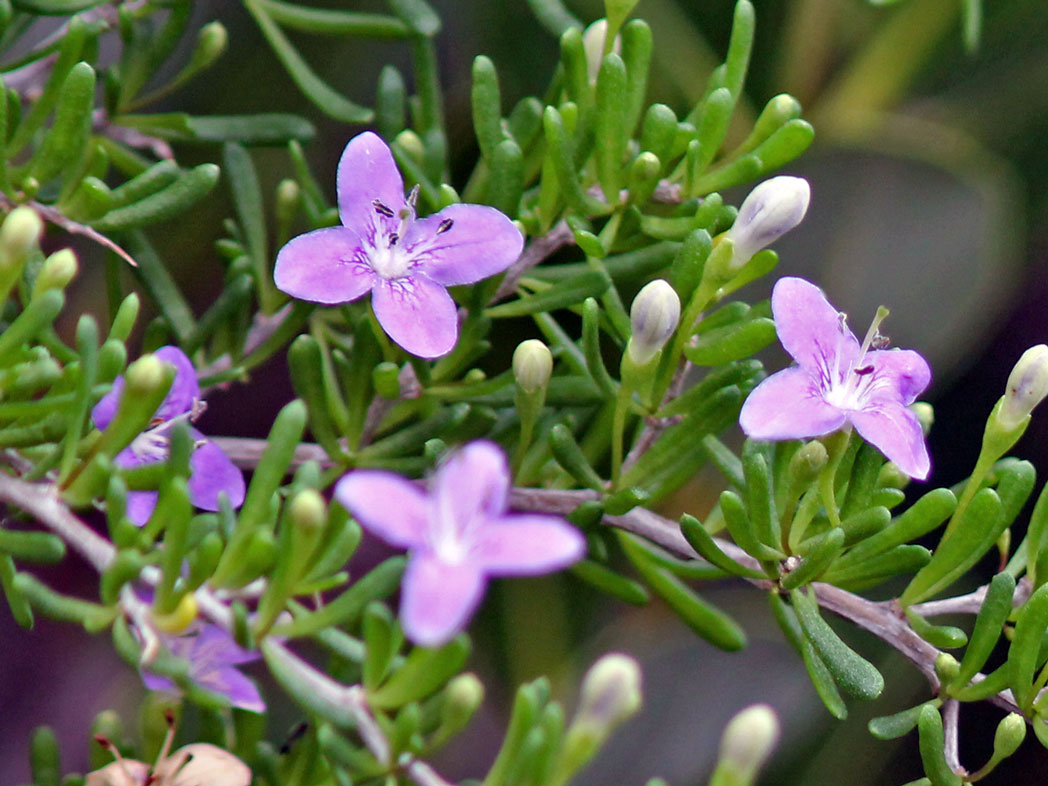
Christmasberry
Christmasberry (Lycium carolinianum) gets its common name from the many bright red, egg-shaped berries it produces in December. While toxic to some animals, they are favored by many birds.

Fragrant ladiestresses
Fragrant ladiestresses (Spiranthes odorata) is a semi-aquatic to aquatic perennial orchid. It occurs naturally in swamps, wet pinelands and seepage slopes throughout Florida.
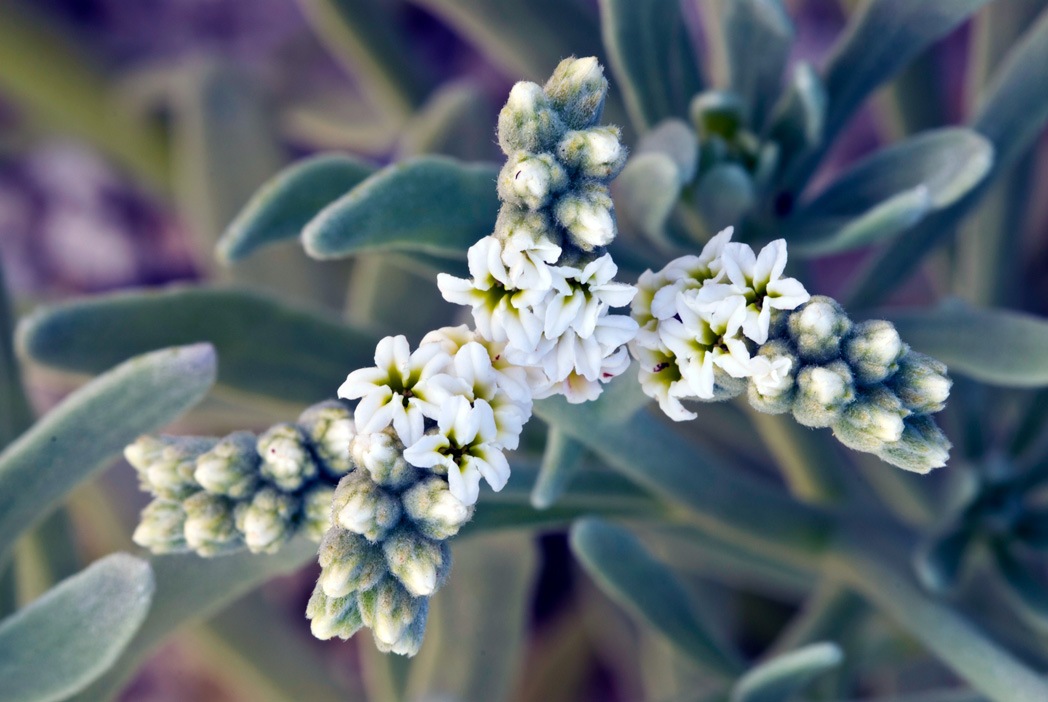
Sea lavender
Sea lavender (Heliotropium gnaphalodes) is an evergreen shrub found in dunes and thickets on the Atlantic coast of Central and South Florida. Its small but showy flowers emit a subtly sweet scent and attract many pollinators.
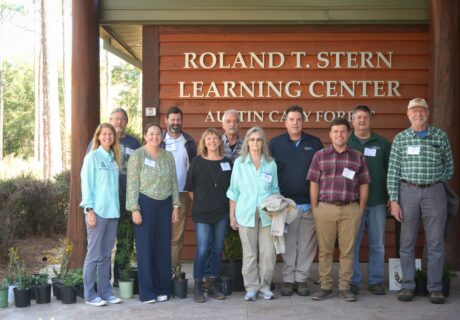
Florida Native Seed Partnership Launches Steering Committee and Celebrates Successful Kickoff Meeting
The Florida Native Seed Partnership convened its inaugural Steering Committee to unite universities, growers, landowners and conservationists around building a sustainable, affordable supply of Florida native seed.

Meet board member Fatima Elkott
Fatima joined the Florida Wildflower Foundation board in September 2022 and began a 2-year term as board chair in September 2025. She brings an education in urban planning, a passion for sharing knowledge, and an indomitable spirit to our mission.
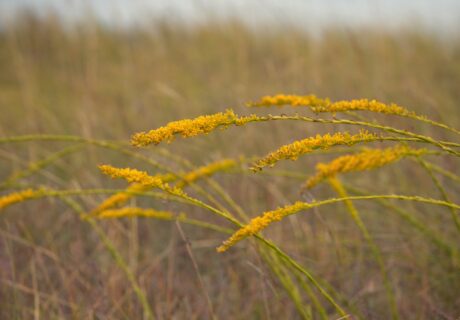
Wand goldenrod
Wand goldenrod (Solidago stricta) persists in wetter environments than most of our other native goldenrods, occurring naturally in wet flatwoods and prairies.

Remembering Anne MacKay
We remember Anne MacKay, founding board member and former chair. A passionate advocate, artist and mentor, Anne’s warmth, generosity and dedication to Florida’s native wildflowers shaped the Foundation’s early years and continues to inspire future conservation leaders.
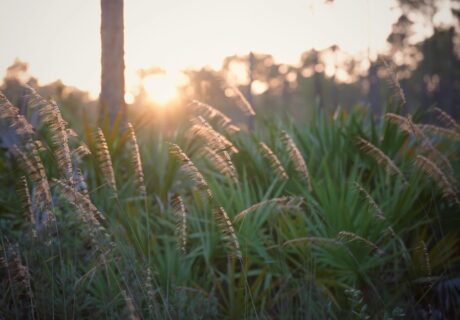
Lopsided indiangrass
Lopsided indiangrass (Sorghastrum secundum) is a robust perennial bunchgrass that occurs in pinelands, sandhills and flatwoods. Throughout most of the year, it is rather indistinct. But in late summer, it produces tall, dramatic flower spikes.
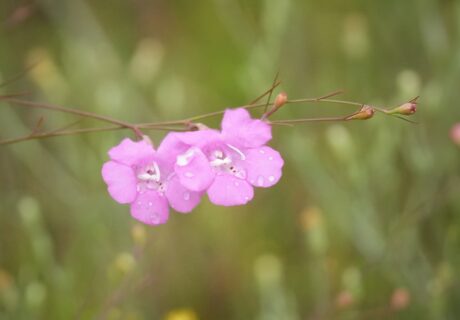
Bloom Report: False Foxglove — A Parasite?!
False foxglove (Agalins spp.) is hemi-parasitic! These showy, fall-blooming wildflowers tap into other plants for some of their nutrients but also have green tissue that produces their own sugars through photosynthesis.
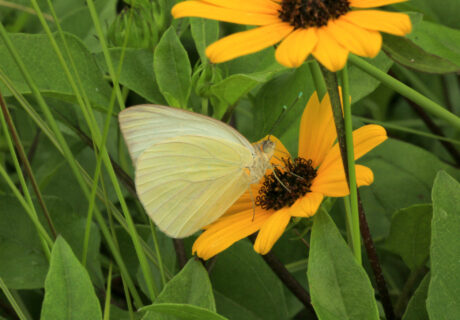
Great southern white
Like many Floridians, Great southern white butterflies love spending warm, sunny days at the beach — and some of them even get a tan in the summer!
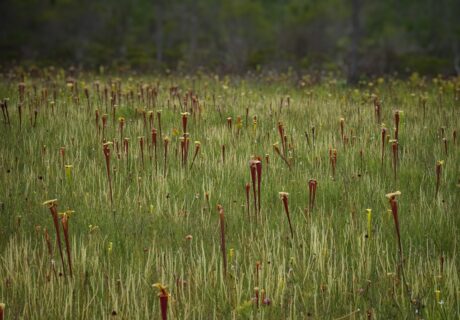
Climate Change and Florida’s Native Plants
From the Apalachicola River Basin to the Lake Wales Ridge and into the Everglades, Florida has many unique plant communities. How each of these ecosystems will respond to a rapidly changing climate is likely to be as unique as those environments themselves.
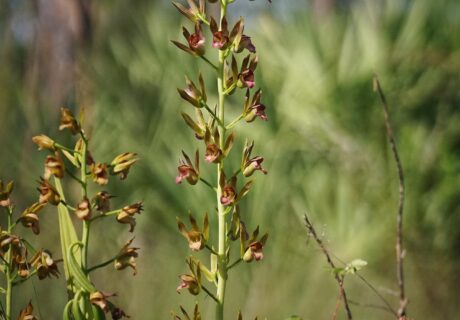
Wild coco
Wild coco (Eulophia alta) is a terrestrial orchid found in hydric hammocks, hardwood swamps, wet flatwoods, marshes and open disturbed sites in Central and South Florida.
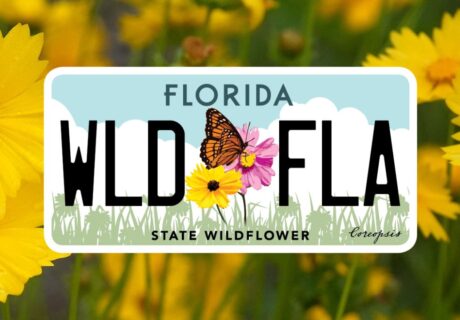
25 Years of Wildflowers on the Road!
In June 2025, we celebrate 25 years of the State Wildflower license plate supporting wildflowers and wildlife across Florida! With more than 35,000 plates on the road, we are thankful for everyone who has helped us drive our mission forward.

Narrowleaf silkgrass
Narrowleaf silkgrass (Pityopsis graminifolia) blooms late summer through early winter in sandhill, flatwoods and scrub habitats throughout the state. It has brilliant yellow flowers and silvery leaves.

Gulf County Public Library at Port St. Joe Native Plant Garden
The Gulf County Public Library at Port St. Joe was selected to pilot the Seeds of Knowledge Library Demonstration Garden Grant in spring 2025.
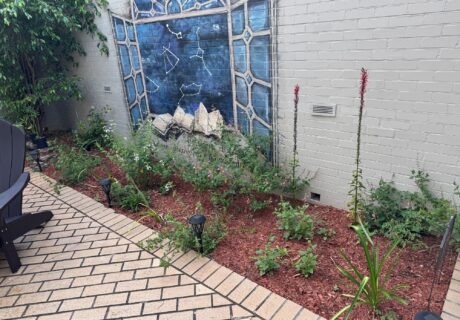
Hernando County Library Native Plant Garden
The Hernando County Public Library in Brooksville was selected to pilot the Seeds of Knowledge Library Demonstration Garden Grant in spring 2025.
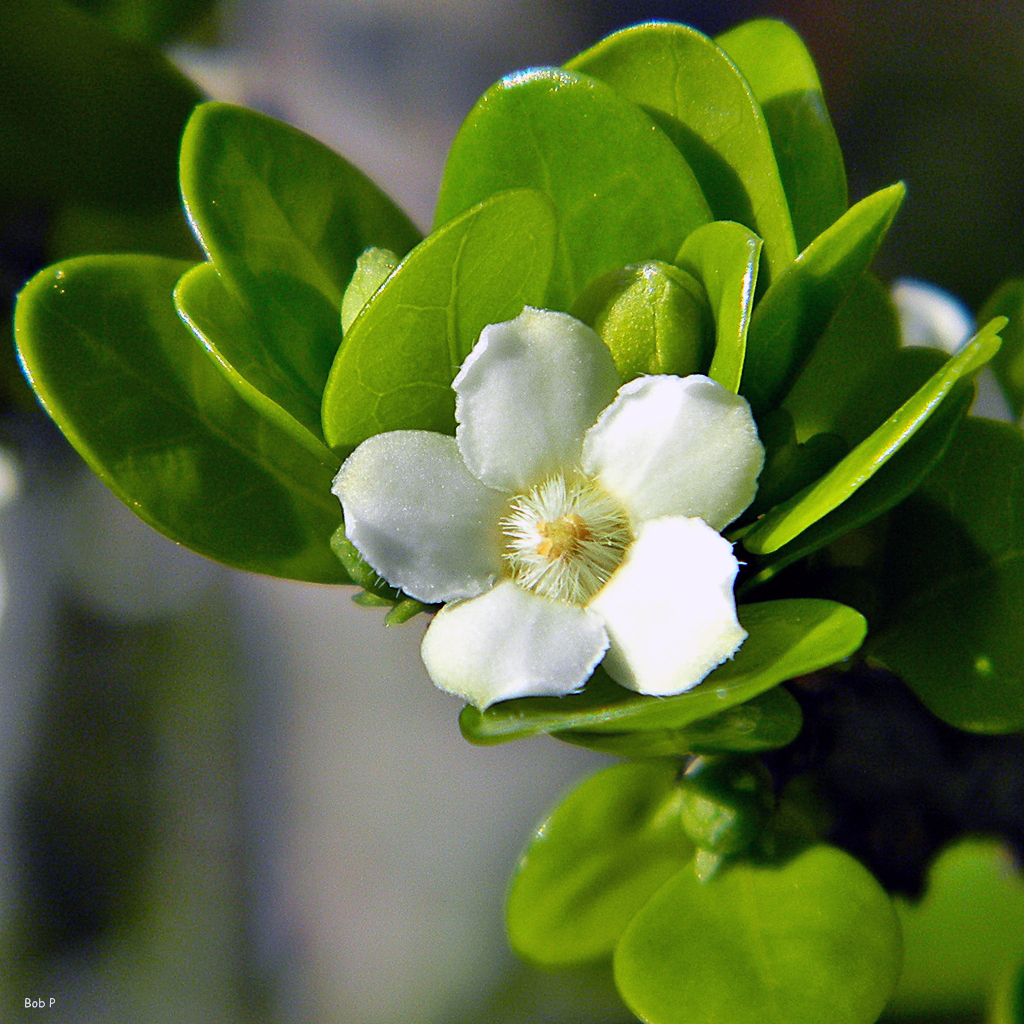
White indigoberry
White indigoberry ( Randia aculeata) is an evergreen flowering shrub or small tree found in pine rocklands and coastal strands and hammocks in Central and South Florida.
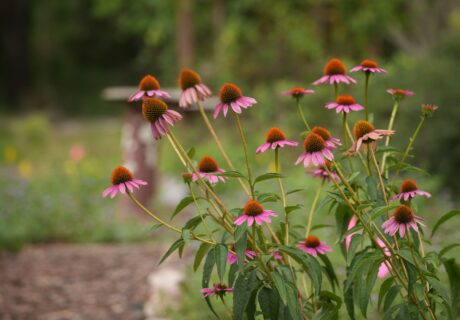
WEBINAR – Seeds of Knowledge Demonstration Garden Grant
Marina Mertz, Roadsides and North Florida Programs Coordinator for Florida Wildflower Foundation, presents our webinar “Seeds of Knowledge Demonstration Garden Grant”.
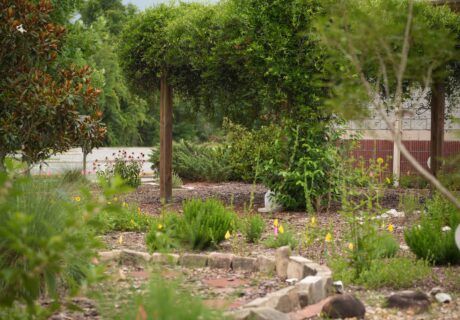
Fort White Branch Library Native Plant Garden
The Fort White Branch Library in Columbia County was selected to pilot the Seeds of Knowledge Library Demonstration Garden Grant in spring 2025.
